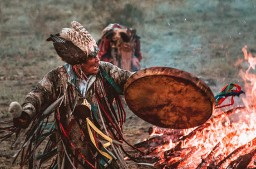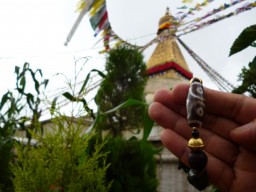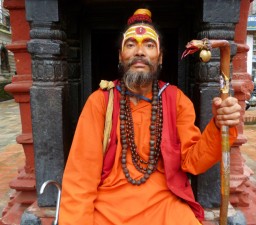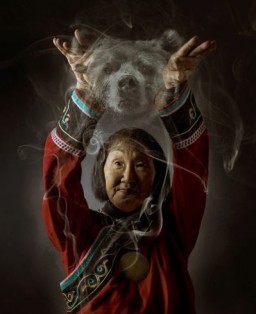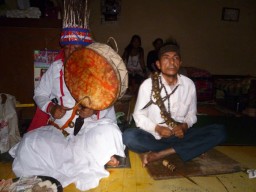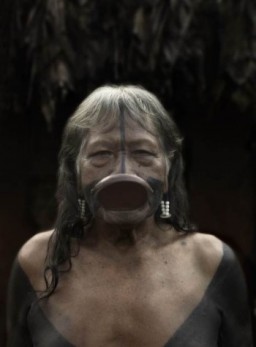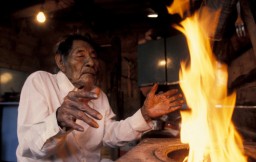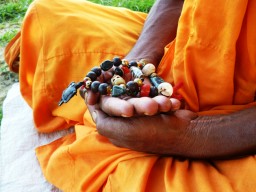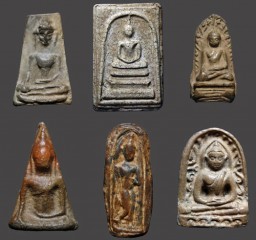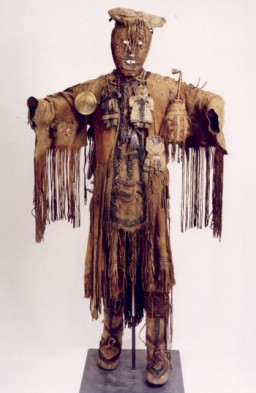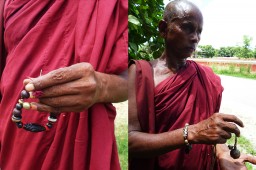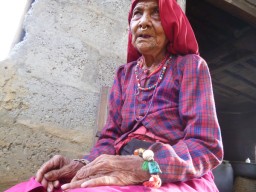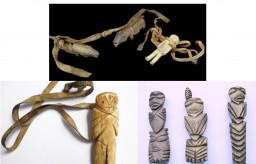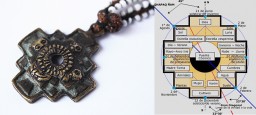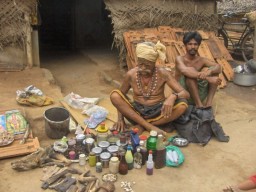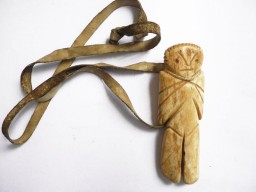The objects made by indigenous people, old and new have their own history. While moving from one place to another, pass through different eras, changing in their identity and function, and in many cases they have already crossed cultural boundaries. These symbols face different transformations of where they were born and lived up to the people, collectors and institutions that will focus the spotlight on them. This time in its long journey stray story full of meanings and remain there, suspended in time, waiting for a noble spirit which contemplates them and is able to listen to their voices, by deciphering the messages between appearances, left behind by the teachers who have given shape. Only by recognizing them among the many traditions disappeared or existing, someone will be able to rediscover their origins, awakening the genius and energy that accompanies them.
The objects, masks, amulets, wood carvings and other artifacts of the so-called “primitive” art have recently taken a central role in Western collections. Represent the Himalayas, the Andes, Africa, the Amazon, Borneo. Before you even become works, materials that form them have been chosen with great care from those who have decided to pass on his mystical entity in the figures, the spiritual preceptors of the original peoples believe that only with careful preparation, the object purchases the vast power that he will act from a distance. After being admired, traded and marketed by different actors, set out its social interactions, is likely to weaken his spiritual strength, remaining a mere appearance manipulative. However transports intact the soul of its creator, the essence of the elements in the birthplace and the ability to interact positively or negatively according to the view and the intention of those who see it.
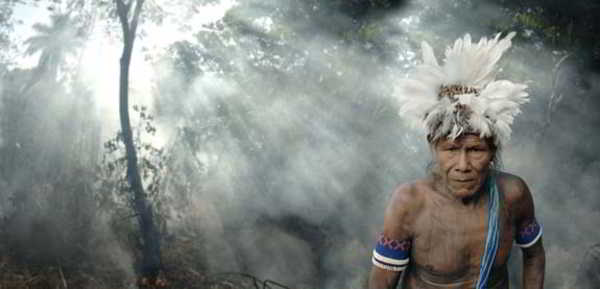
Indigenous amulets have been considered a source of power since the ancient days of planet. They began as a tool to help aid against negative energy, evil spirits and thoughts before there was an established religion for people to take faith in. In ancient times, it was believed that evil forces were to blame for all the problems within society and individuals, conversely, it was also believed that good fortune was brought by good spirits that looked upon you favorably. The people of forest began to try to both harness and repel these forces using material objects called amulets.
Both the positive and the negative acting amulets could be made by anyone who had the skill and capacity to do so, but had to be activated by a special priest, monk or shaman. There were specific ceremonies for each type of amulet to bring forth the power of the particular spirit being harnessed. The amulet was also specifically empowered for the owner who brought it forth to the shaman. Once Hinduism arose in India, the numerous gods were worked into the amuletic powers. Pictures or abstracts of the god whose good grace was needed would be emulated in metals or natural elements.
However some amulets, if made out of specific materials, were deemed to have power already within them and did not need activation. For example, when a tiger was slew, the claws would be immediately removed by whoever had killed it. The claws would then be set into brass or gold and worn by the owner. It was believed that if this was not done,
The transition in India ,Tibet, Bhutan, Bolivia, Nepal, Peru, Amazonia, Borneo etc. from the ancient, more folklore based society through the subsequent religions (Hinduism, animism, Andean cosmogony, Buddhism) can be easily tracked through the amulets used at the time. We will talk about how the beliefs and powers of amulets changed as people needed them less for their old powers and used them more for aid in religious ceremonies rituals and regalia.
*The images, texts and conceptual design of Ritualamulet are protected by international ©copyright Act. Any element in the website may be used, copied or reproduced without prior written permission.




